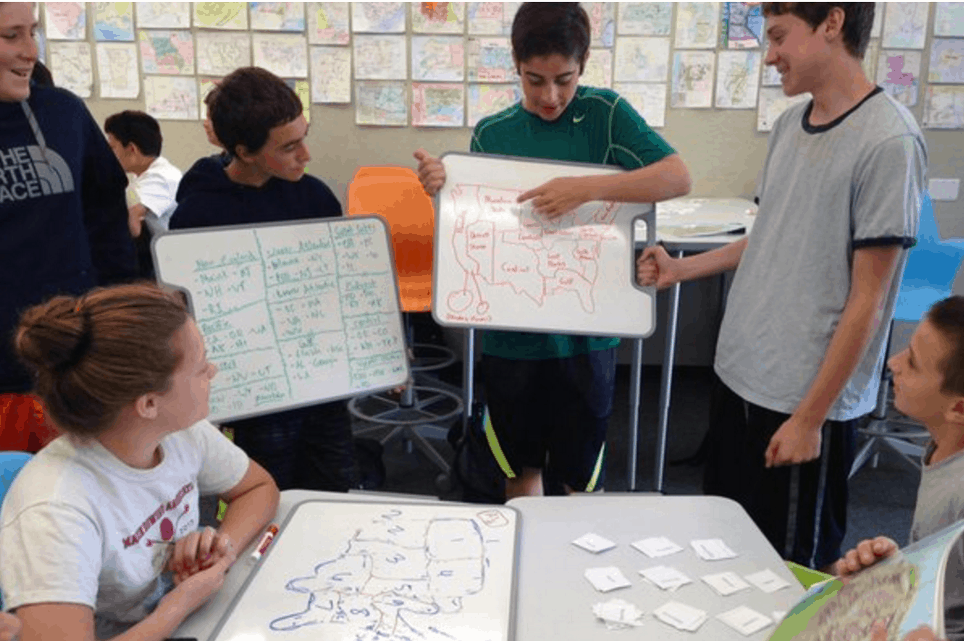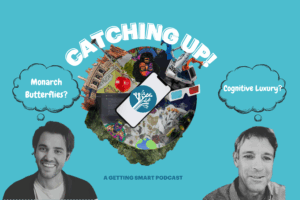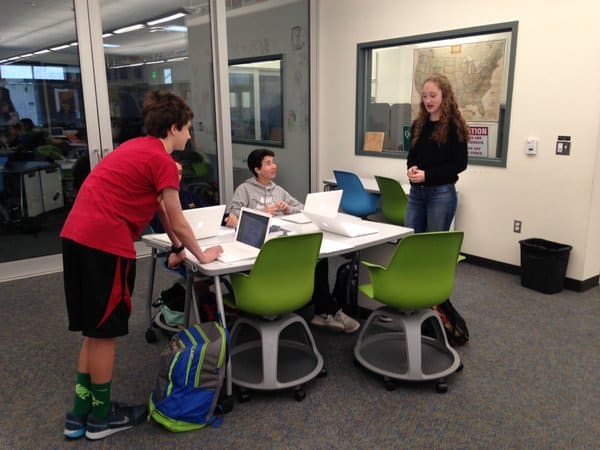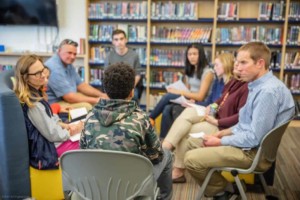5 Strategies for Fostering Independence in a PBL Classroom

By James Fester
As a middle school teacher I understand that my students are at a developmental crossroads. They want to be seen as independent, responsible adults but at the same time still need guidance in order to be successful. This makes this age both challenging and rewarding to work with as it allows me as a teacher to help them as they become the independent students they see themselves to be.
It is not uncommon for teachers new to project-based learning to express skepticism or concern about “dropping the reins” and allowing students to take more control over the pace and scope of their learning. However, it is an essential aspect of good PBL. Ultimately, in order to be successful in the 21st century world, our students need to be able to manage themselves and work effectively with groups of peers. If it is true that the purpose of school is to prepare students for future success, then the building of these skills must start in the classroom.
How to start this process is a common question. The simple answer is that if the classroom has a strong culture of collaboration students will be more successful when working together, even absent the watchful eye of their teacher. But therein lies another question; how do you create this culture?
Although it can look different in every class, here are some possible approaches that may prove successful with your own students:
1. Make sure that team members know what is expected of them.
If not everyone is clear about the goals for the day or the tasks that they’ve been assigned nothing will get done successfully. Make sure to reiterate the shared goal of the project with all your teams. Post your project’s driving question in an easy to see place or create a learning wall that they can use to find their own answers independently.
2. Create norms and roles where appropriate.
Having established rules and routines helps groups get down to business and stay on task. Providing opportunities for groups to create written contracts or decide what roles each member will take. Early on it may be a good idea for you to set these yourself as a way of modeling for student what strong norms look like. Eventually you’ll want to empower groups to develop their own routines and rules, but make sure that everyone has had a chance to share their input as a way to promote buy-in.
3. Monitor progress constantly.
The most effective facilitators are regularly checking in on the progress of their groups so that at any given moment they have a pretty good idea of what is going on. That way you’ll be able to guide students who seem stuck towards solutions or resources that can be used to overcome the challenges they may be encountering. Don’t save check-in’s for just the end of the day. Don’t facilitate like you’re an anchor hosting a breaking news segment, be the weather channel with constant, small updates.
4. Celebrate even little successes.
Celebrations or positive feedback shouldn’t be saved for just the end of the project or your assessments. Make a point to try and catch each student doing something right. Studies have shown that positive reinforcement is by far the most effective method of getting students to adjust behavior. Even students who may not be the most productive members of a group can make progress if you take time to point out and celebrate the smallest successes, which can then be built upon by the student in the future.
5. Give students ways to informally develop cohesion on their own
People, like all living things, learn best through play. Wolf cubs in the wild wrestle and pounce on each other to learn hunting and self-defense skills through play first to prepare them for serious situations. Why should your student teams be any different? Offer them opportunities to interact in low-stakes ways, such as icebreakers, group challenges or games. These activities can even be linked to standards or content learning goals while still being fun. Once they can interact with each other in less formal ways it’ll be that much easier when it is time to get down to business.
Creating a culture of independent learning, like the planting of a garden, is something that takes time and constant attention. Don’t expect to see results immediately. Don’t expect everything you try to work immediately the first time. But if you’re willing to put in the time and commit consistent effort, the rewards will be evident in time.
This post is in partnership with Buck Institute for Education (BIE) as part of part of a blog campaign titled Getting Smart on Edu Blogging. BIE national faculty are writing about how project-based learning (PBL) is engaging students and transforming classrooms and schools. To engage in professional learning about PBL, check out the upcoming conference, PBL World, in Napa Valley June 13-16 and join in the conversation using #PBLWorld.
For more, see:
- 10 Teacher Moves to Build Student Support in a PBL Classroom
- 3 Tips For Planning Authentic PBL Projects
- 4 Ways to Promote Growth Mindset in Project-Based Learning
James Fester is a public school teacher in the San Francisco Bay Area and a National Faculty Member at the Buck Institute for Education. Follow him on Twitter @saintfester.
Stay in-the-know with all things EdTech and innovations in learning by signing up to receive the weekly Smart Update. This post includes mentions of a Getting Smart partner. For a full list of partners, affiliate organizations and all other disclosures please see our Partner page.









Maire
Great ideas in this post, thanks. I really appreciate the preparation that you have put into allowing the sense and spirit of collaboration to grow within the PBL teams. Do you as the facilitator get involved when there is a power struggle going on in the group, or do you step back and let it evolve naturally?